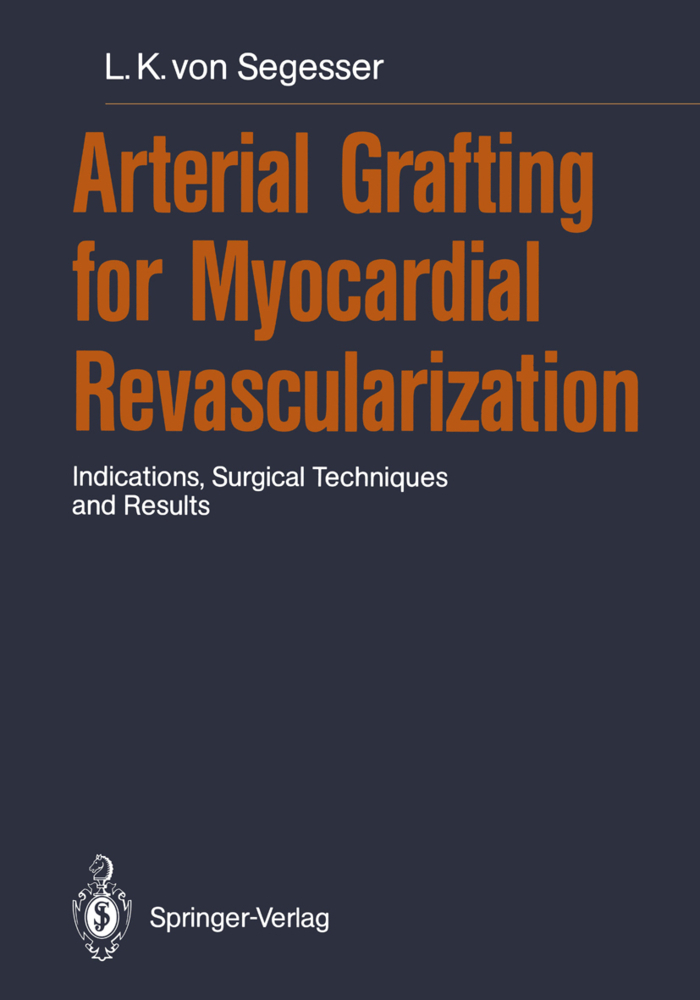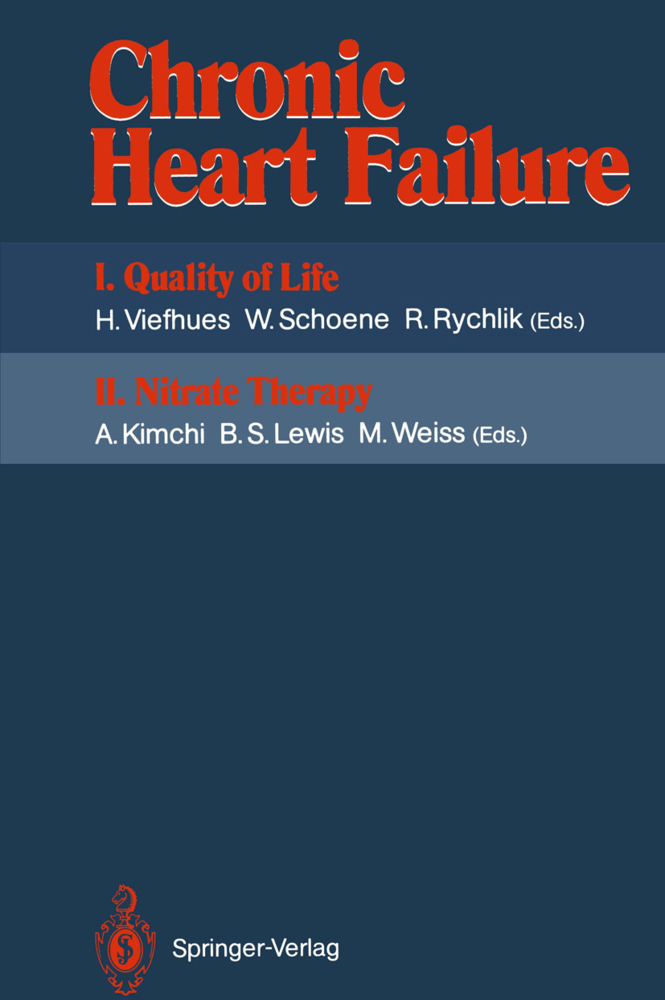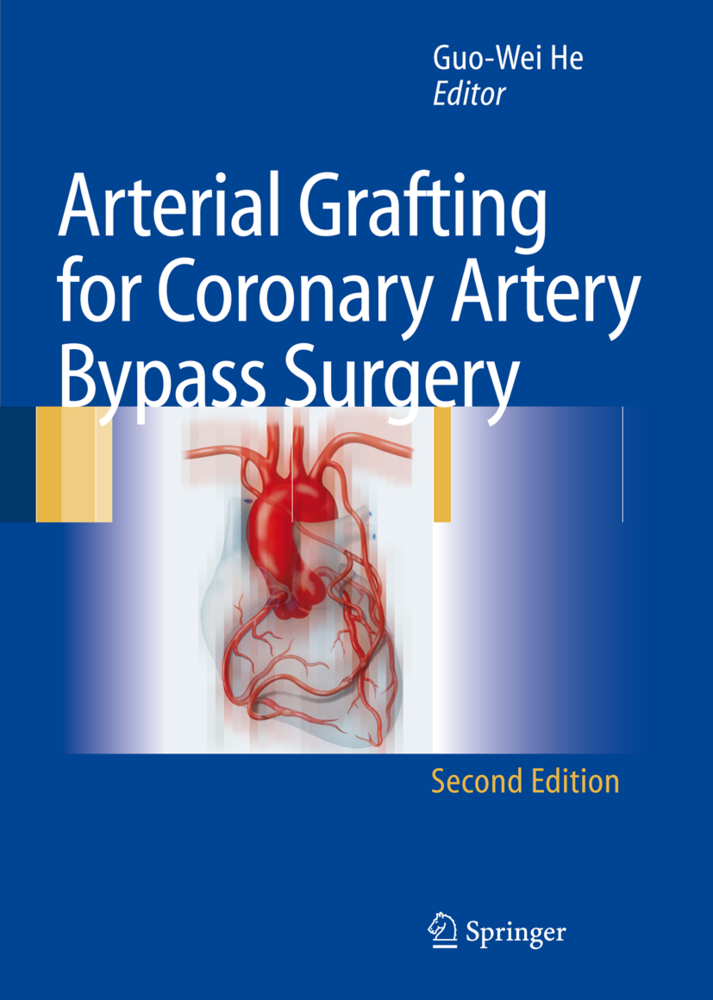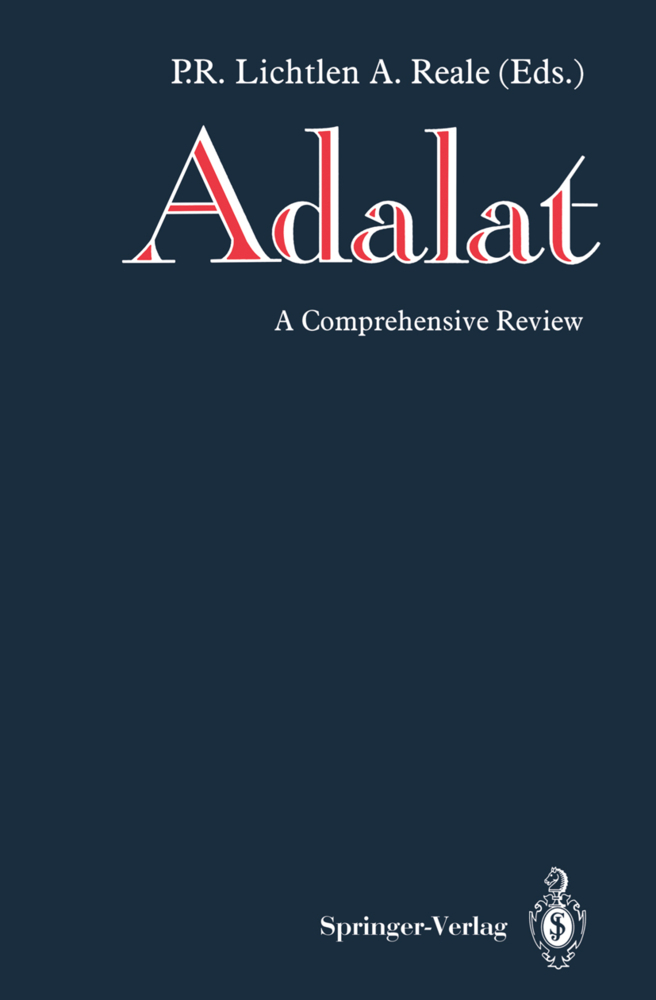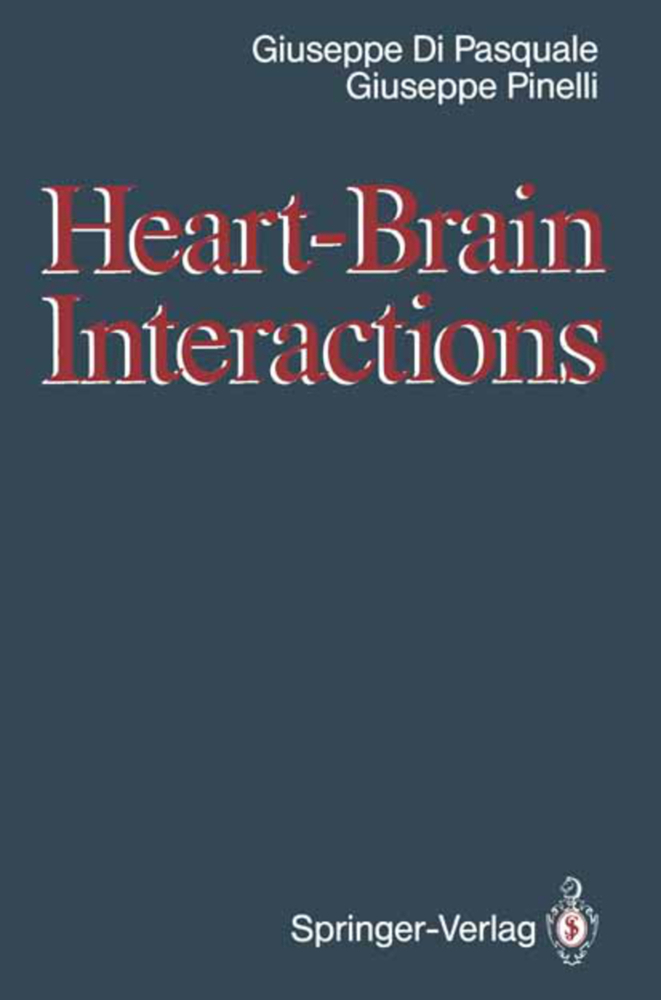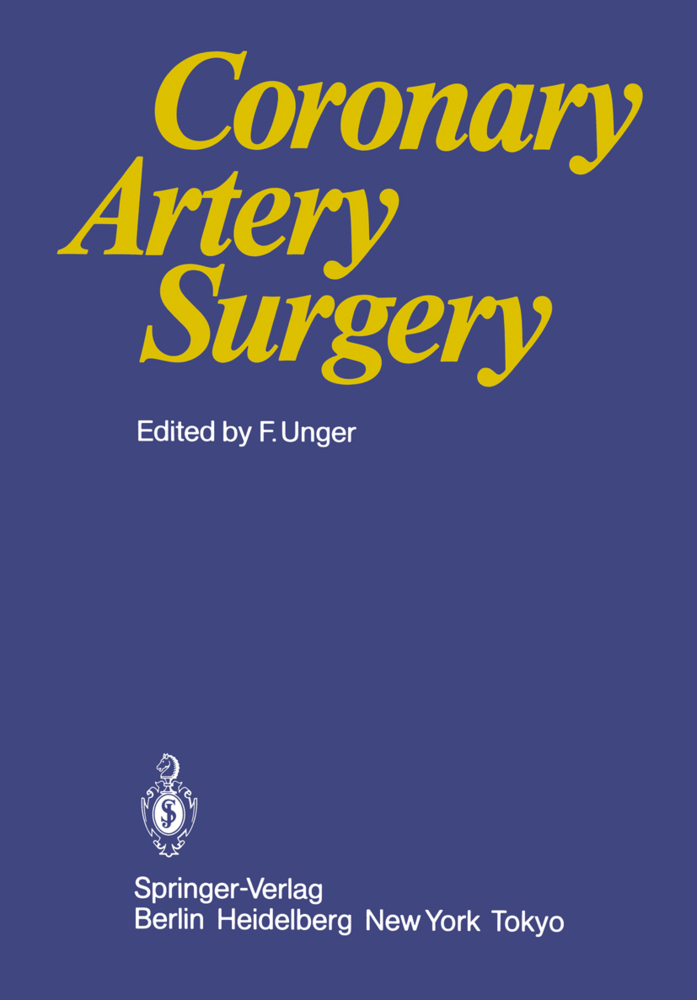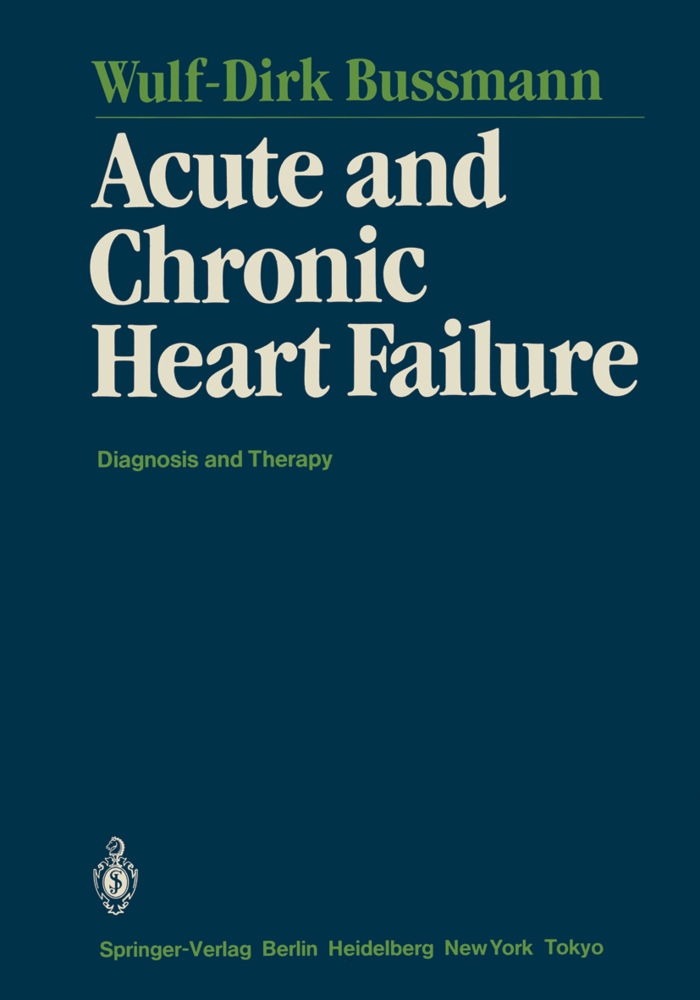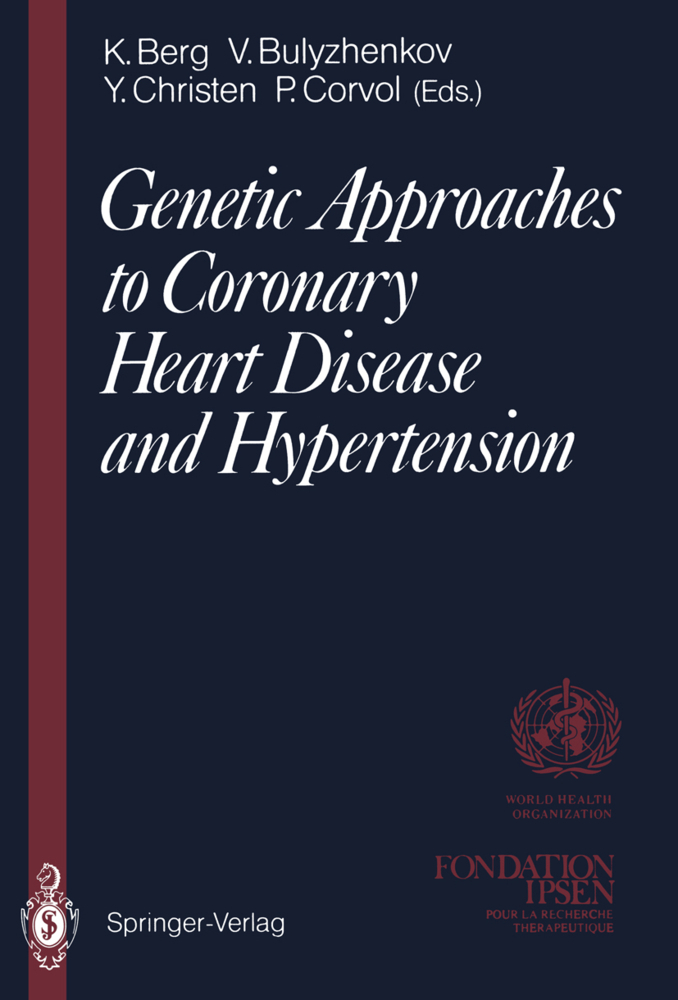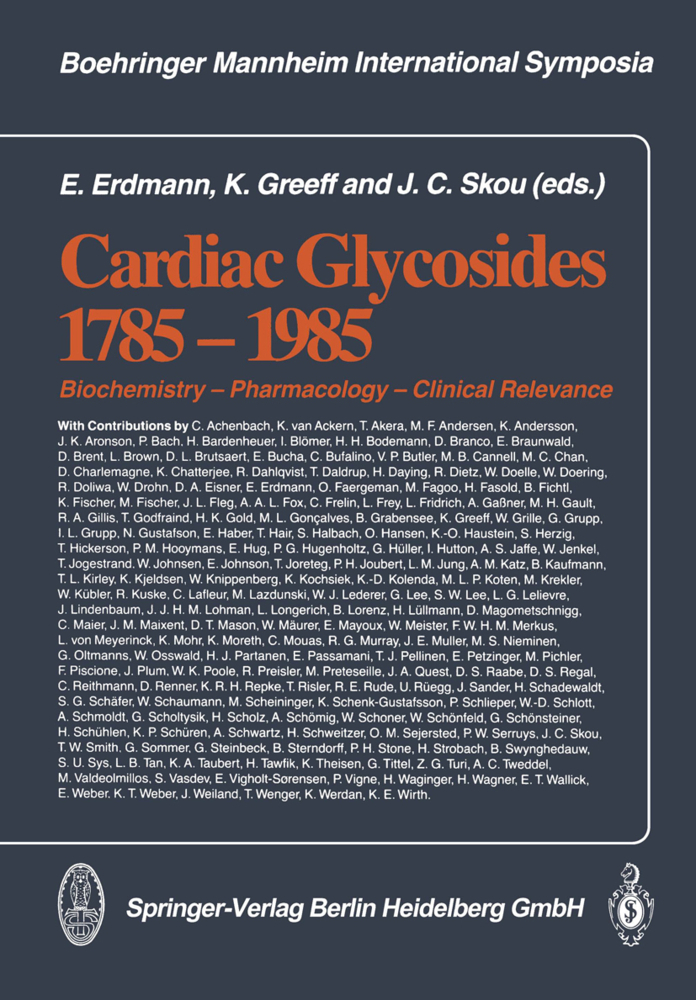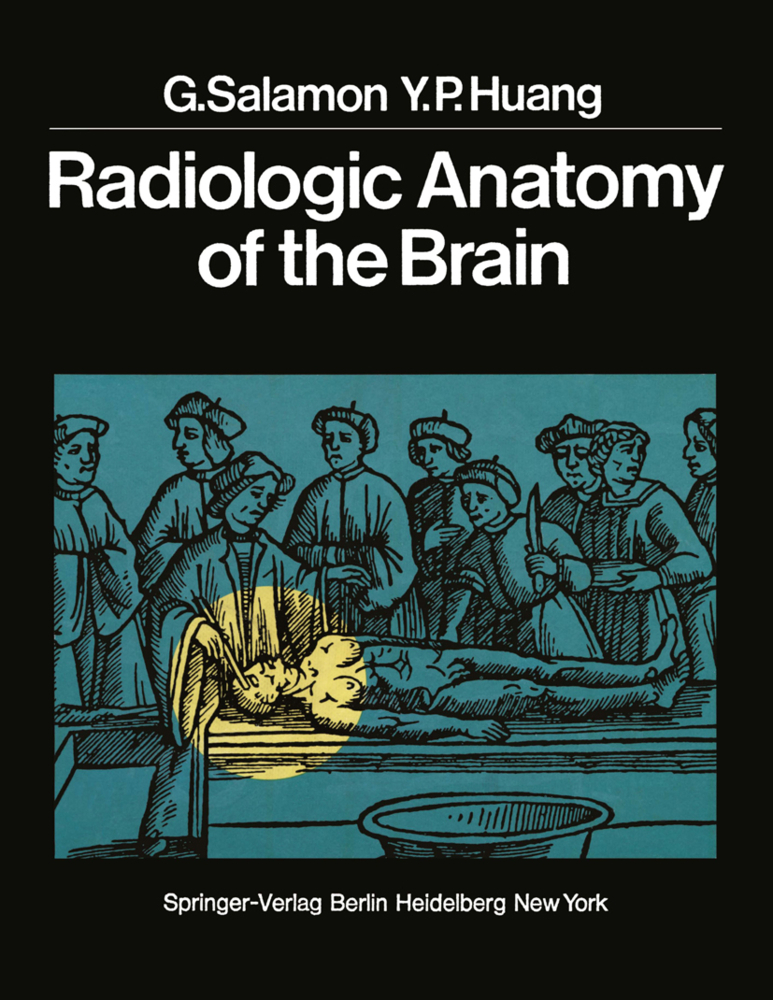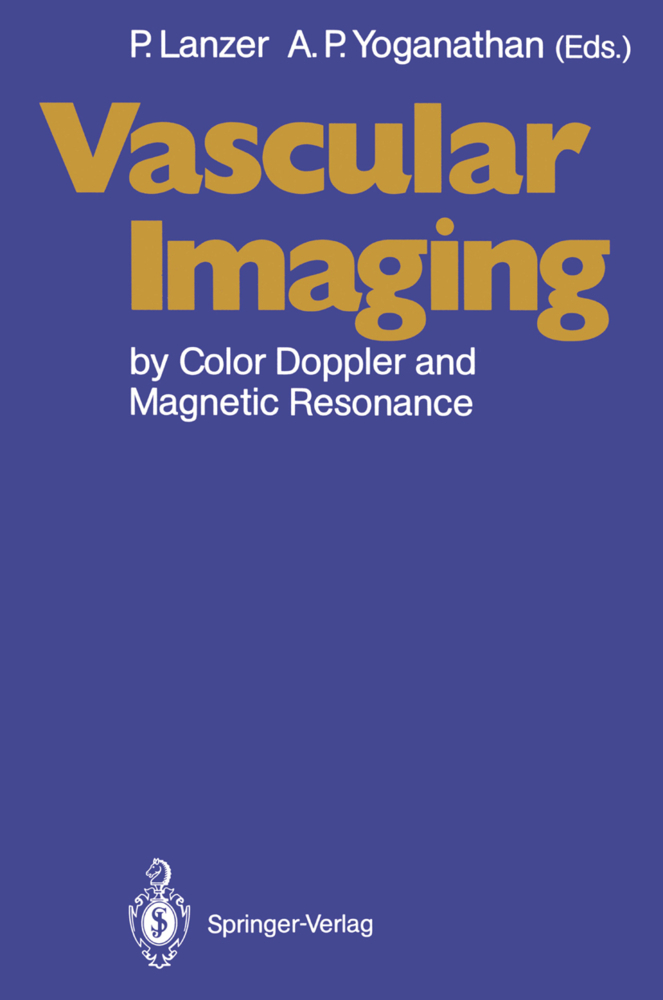Arterial Grafting for Myocardial Revascularization
Indications, Surgical Techniques and Results
Arterial Grafting for Myocardial Revascularization
Indications, Surgical Techniques and Results
Cardiovascular disease, the leading cause of With increased experience using the inter death in industrialized societies, not only nal mammary artery, these groups of sur strikes down a significant fraction of the geons eventually applied the procedure to a population without warning, but also causes larger population of patients. Eventually, prolonged suffering and disability in even the mammary artery was used in sequential larger number. Until the development of fashion to bypass more than one artery, and, heart surgery and the introduction of diag in some patients, both mammary arteries nostic techniques including cineangiogra were used. Using these new techniques, sur phy, stress electrocardiography, echocardio geons could bypass almost every area of the graphy, and myocardial scanning, the diseased coronary system except the distal treatment of arteriosclerotic heart disease circumflex branches and distal right branch was confined to medical measures that were es. Then, in 1983 and in 1985, Campeau and usually only partially effective. Lytle published the results of their long-term After the introduction of selective coro studies of mammary artery bypass. These nary angiography by Sones, surgeons, led by important reports showed significantly dif Favaloro and Johnson, began to apply the ferent results in favor of the internal mam principle of bypass to coronary arterial dis mary artery over the saphenous vein graft. ease.
2.1 History of Myocardial Revascularization
2.2 Indications for Surgical Coronary Artery Revascularization Today
2.3 Early and Late Results of Coronary Artery Bypass Grafting: Attrition of Saphenous Vein Grafts
3 Anatomy of the Internal Mammary Artery
3.1 Normal Anatomy
3.2 Anatomical Variations
4 Pathology of the Internal Mammary Artery and the Subclavian Artery
4.1 Angiographic Studies
4.2 Microscopic Studies
5 Experimental Studies
5.1 Flow Studies in Animals
5.2 Physiological and Pathophysiological Basis for the Superiority of Internal Mammary Artery Grafts in Comparison to Saphenous Vein Grafts
5.3 Expanded Use of the Internal Mammary Artery
5.4 Alternative Grafts for Coronary Artery Revascularization
6 Clinical Studies
6.1 Flow Studies in Humans
6.2 Expanded Use of the Internal Mammary Artery in Clinical Coronary Artery Revascularization
7 Clinical Application of Internal Mammary Artery - Coronary Artery Bypass Grafting
7.1 Indications for Internal Mammary Artery - Coronary Artery Bypass Grafting
7.2 Contraindications for Internal Mammary Artery - Coronary Artery Bypass Grafting
7.3 Surgical Techniques of Clinical Internal Mammary Artery - Coronary Artery Bypass Grafting
8 Results of Internal Mammary Artery - Coronary Artery Bypass Grafting
8.1 Early Results
8.2 Medium-Term Results of Internal Mammary Artery - Coronary Artery Grafting
8.3 Late Results of Internal Mammary Artery - Coronary Artery Grafting
9 Complications of Internal Mammary Artery Grafting
9.1 Inadequate Flow After Internal Mammary Artery - Coronary Artery Revascularization
9.2 Spasms After Coronary Artery Revascularization
9.3 MechanicalCirculatory Support After Internal Mammary Coronary Artery Grafting
9.4 Sternal Infections Following Internal Mammary Artery - Coronary Artery Grafting
9.5 Other Complications After Internal Mammary Artery Grafting
10 Long Term Follow-up After Internal Mammary Artery - Coronary Artery Revascularization
10.1 Freedom From Reinfarction After Coronary Artery Revascularization
10.2 Objective Assessment of the Results of Internal Mammary Artery - Coronary Artery Revascularization
10.3 Late Patency Rates of Internal Mammary Artery Grafts
11 Redo Coronary Artery Revascularization After Internal Mammary Artery Grafting
11.1 Percutaneous Transluminal Angioplasty After Internal Mammary Artery Grafting
11.2 Reoperation After Internal Mammary Artery Grafting
12 Conclusion
References
Suppliers of Material.
1 Introduction
2 Myocardial Revascularization and the Internal Mammary Artery2.1 History of Myocardial Revascularization
2.2 Indications for Surgical Coronary Artery Revascularization Today
2.3 Early and Late Results of Coronary Artery Bypass Grafting: Attrition of Saphenous Vein Grafts
3 Anatomy of the Internal Mammary Artery
3.1 Normal Anatomy
3.2 Anatomical Variations
4 Pathology of the Internal Mammary Artery and the Subclavian Artery
4.1 Angiographic Studies
4.2 Microscopic Studies
5 Experimental Studies
5.1 Flow Studies in Animals
5.2 Physiological and Pathophysiological Basis for the Superiority of Internal Mammary Artery Grafts in Comparison to Saphenous Vein Grafts
5.3 Expanded Use of the Internal Mammary Artery
5.4 Alternative Grafts for Coronary Artery Revascularization
6 Clinical Studies
6.1 Flow Studies in Humans
6.2 Expanded Use of the Internal Mammary Artery in Clinical Coronary Artery Revascularization
7 Clinical Application of Internal Mammary Artery - Coronary Artery Bypass Grafting
7.1 Indications for Internal Mammary Artery - Coronary Artery Bypass Grafting
7.2 Contraindications for Internal Mammary Artery - Coronary Artery Bypass Grafting
7.3 Surgical Techniques of Clinical Internal Mammary Artery - Coronary Artery Bypass Grafting
8 Results of Internal Mammary Artery - Coronary Artery Bypass Grafting
8.1 Early Results
8.2 Medium-Term Results of Internal Mammary Artery - Coronary Artery Grafting
8.3 Late Results of Internal Mammary Artery - Coronary Artery Grafting
9 Complications of Internal Mammary Artery Grafting
9.1 Inadequate Flow After Internal Mammary Artery - Coronary Artery Revascularization
9.2 Spasms After Coronary Artery Revascularization
9.3 MechanicalCirculatory Support After Internal Mammary Coronary Artery Grafting
9.4 Sternal Infections Following Internal Mammary Artery - Coronary Artery Grafting
9.5 Other Complications After Internal Mammary Artery Grafting
10 Long Term Follow-up After Internal Mammary Artery - Coronary Artery Revascularization
10.1 Freedom From Reinfarction After Coronary Artery Revascularization
10.2 Objective Assessment of the Results of Internal Mammary Artery - Coronary Artery Revascularization
10.3 Late Patency Rates of Internal Mammary Artery Grafts
11 Redo Coronary Artery Revascularization After Internal Mammary Artery Grafting
11.1 Percutaneous Transluminal Angioplasty After Internal Mammary Artery Grafting
11.2 Reoperation After Internal Mammary Artery Grafting
12 Conclusion
References
Suppliers of Material.
Segesser, Ludwig K. von
| ISBN | 978-3-642-75711-2 |
|---|---|
| Artikelnummer | 9783642757112 |
| Medientyp | Buch |
| Auflage | Softcover reprint of the original 1st ed. 1990 |
| Copyrightjahr | 2012 |
| Verlag | Springer, Berlin |
| Umfang | XI, 146 Seiten |
| Abbildungen | XI, 146 p. 63 illus. |
| Sprache | Englisch |

